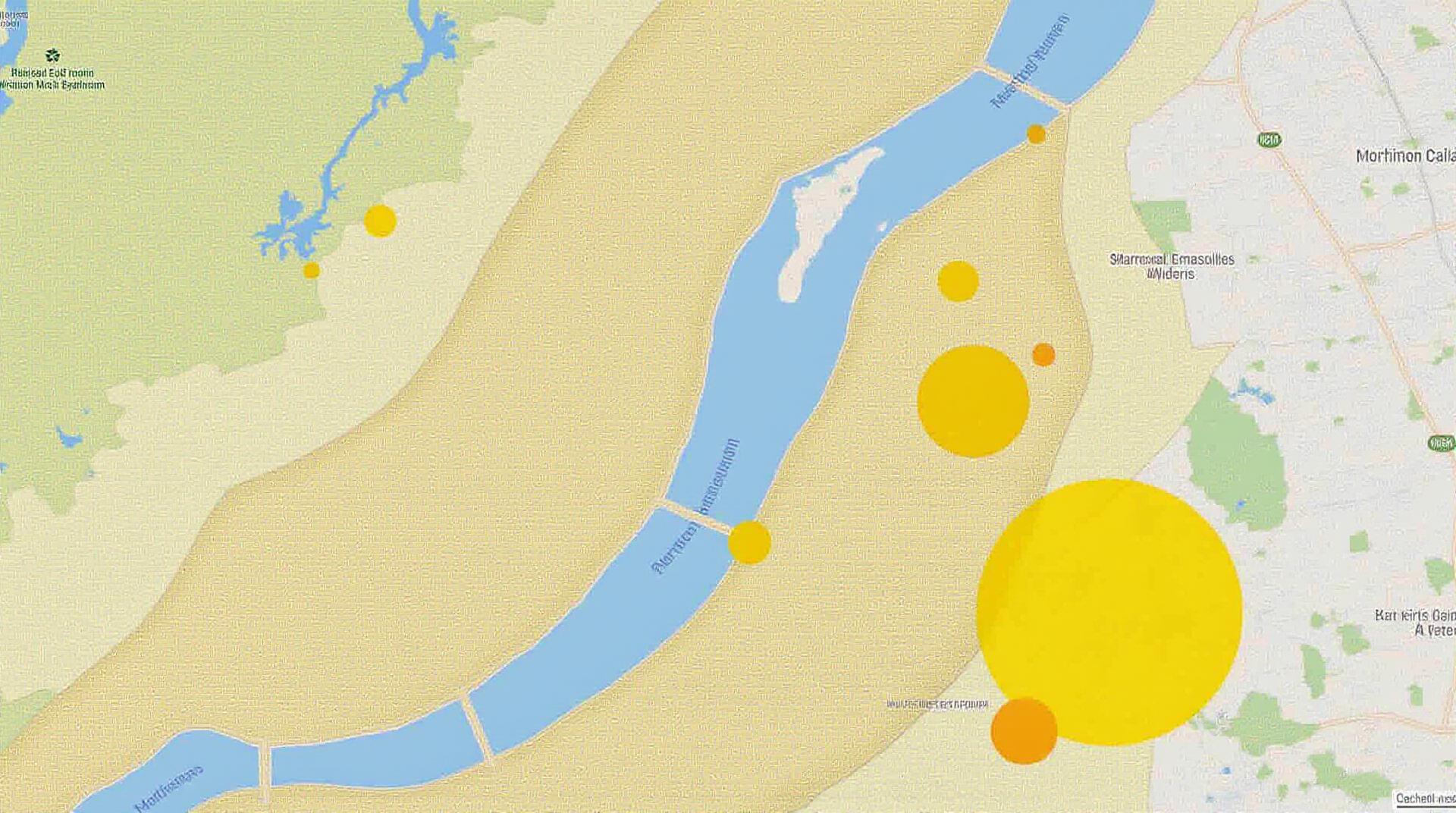AI for Geospatial Data Augmentation – Enhanced Models
AI for Geospatial Data Augmentation: Enhanced Models
The world relies heavily on spatial data. From mapping and navigation to climate monitoring and disaster response, understanding location is critical. Unfortunately, geospatial data is often incomplete, sparse, or inconsistent – serious issues for advanced analysis. Thankfully, the integration of artificial intelligence (AI) is revolutionizing how we handle these data challenges. More specifically, AI-powered
data augmentation is transforming our ability to analyze and predict future scenarios based on complex spatial variables.
What is Geospatial Data Augmentation with AI?
Data augmentation is the process of generating additional data points from existing datasets to improve the model’s accuracy and performance. In the context of geospatial data, AI excels at creating Artificial Intelligence outputs informed by real-world spatial phenomena. The IARC’s Earth Observation team described AI Ground Truth data as “gadgets for visualising information otherwise unuseable.” Their work has led to making building an accurate model about the Earth much easier.
Key Features of AI-powered Geospatial Data Augmentation
- Realistic Simulation: AI models can generate realistic synthetic data by simulating real-world conditions, like texture, geometry, and variability, which can be especially useful for generating data in areas lacking sufficient real-world data sources. This helps in training AI models for many complex tasks, like satellite image analysis and augmented reality.
- Handling Incomplete and Inconsistent Datasets: AI tools can fill in missing information and adjust inconsistencies in geospatial databases, improving the overall accuracy of models trained on these data sets.
- Data Diversity and Generalization: By effectively generating diverse synthetic data, AI models are then trained on a broader spectrum of information. This broad training dataset helps enhance generalization capabilities and makes the AI model more adaptable to new data and geographically diverse environments.
Benefits of AI-powered Geospatial Data Augmentation
Using AI to augment geospatial data provides numerous advantages:
- Enhanced Predictive Capabilities: Accurately forecasting environmental changes, such as flood risk and volcanic eruptions, is made possible with improved spatial understanding.
- Improved Autonomous Systems: Enhancing data, such as mapping and natural language processing tasks, can improve autonomous vehicles or drones’ navigation and situational awareness.
- Optimizations within Infrastructure: Improved accuracy for transit, transportation, and resource management due to more reliable transport, road, or utility mapping and management.
- Greater Data Accessibility: Allows for geospatial data insights to be created even from limited data sources, enabling more research and development.
Examples of Real-world Applications
Taking a step beyond just theory. AI-powered data augmentation grants us practical applications across multiple industries:
- Climate Change Monitoring:** Generating high-resolution satellite images to predict vegetation, rainfall patterns, and identify drought-prone areas for effective mitigation strategies.
- Disaster Response:** Creating realistic simulations to assess risks, guide emergency responders, and optimize resource allocation during complex events.
- Urban Planning and Development:** Generating synthetic urban scenario data for evaluating infrastructure needs, impact on neighborhoods, and city planning.
- Autonomous Vehicle Navigation:** Creating synthetic datasets for training self-driving vehicles on varied road conditions, enhancing their safety and navigation capabilities.
Resources & Further Exploration
The landscape of AI for Geospatial Data Augmentation is constantly evolving. Here are some of the resources to delve deeper into this exciting field:
- Open Source Libraries:** OpenCV (general-purpose deep learning library), PyTorch (machine learning framework for AI)
- Research Organizations:** ESA, NASA, IAU and institutions like GLOBE Initiative are committed to utilizing AI for solving global challenges through geospatial techniques
- Latest releases can be accessed through our dedicated self-serve platforms.
- We invite personalized consultations and custom deployments for specific GeoAI-enhanced models that align with unique needs.
- Pre-trained models are offered in common file formats like
- JSON
- CSV
- Text files
- Model Conversions are tailored to ensure compatibility with your software stack.
- Learn More – Documentation on GeoAI Models
Check similar topics:
Frequently Asked Questions
GeoAI-enhanced models offer great power for geographically enhanced AI applications. Here are answers to the most common questions about our specific models.
Availability
We offer a range of GeoAI-enhanced models with different capabilities tailored for various applications. More information regarding specific models & model access can be found at [https://www.techgeo.org/models](https://www.techgeo.org/models).
Formats
Our GeoAI-enhanced models are designed to be easily integrated into your existing workflow using standard formats.
Usage
We provide comprehensive documentation and examples to guide you in using our GeoAI-enhanced models.
You will find tutorials and detailed guides to help you get started with our models. Here are some resources to get started:
Our [https://www.techgeo.org/support/](https://www.techgeo.org/support/) offers dedicated support for you to resolve queries and overcome challenges.
Summary
GeoAI-enhanced models are transforming how we leverage location data in AI applications. Whether it’s improving business operations, fostering smart city initiatives, or revolutionizing research, they offer unique capabilities that are constantly evolving.
At **TecghGeo**, we are committed to providing accessible and scalable GeoAI-enhanced models to empower developers and researchers worldwide to unlock the full potential of location-aware AI. This advancement holds immense potential to improve urban planning, transportation, and natural resource management.
Whether your focus is on enriching datasets, automating processes, or contributing new insights, we encourage you to explore our website at [www.techgeo.org] to discover how GeoAI-enhanced models can benefit your work!
Let’s build a smarter, more data-driven future.

